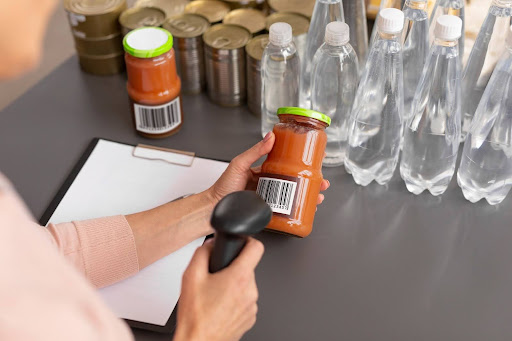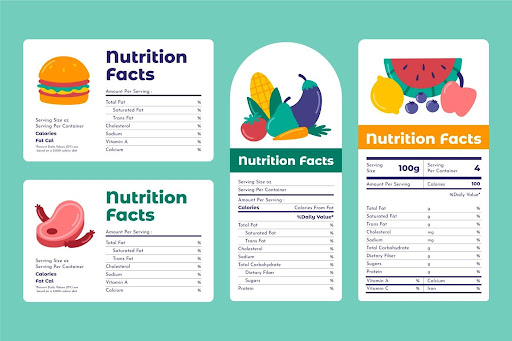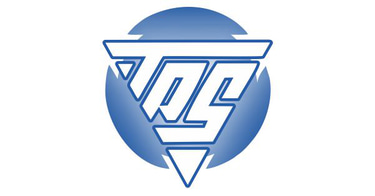Cracking the Code: Mastering Global Food Labeling Compliance for Success
In today’s interconnected world, where food products are traded across borders, ensuring that your products comply with international food labeling regulations is essential for success. Every region has its own specific requirements, and failure to meet these standards can lead to delays, fines, or even the removal of your product from the market. At TPS Xperts, we specialize in helping companies navigate these complex regulations. In this blog, we’ll break down what global food labeling compliance entails and how to effectively manage it.
9/25/20243 min read


What Is Global Food Labeling Compliance?
Global food labeling compliance refers to the practice of ensuring that the information on your product’s packaging adheres to the legal and regulatory standards of the countries where it is sold. These regulations often cover aspects such as nutritional content, ingredient lists, allergens, product claims, and language requirements. Being compliant ensures your product can be legally sold and builds consumer trust.
Why Global Food Labeling Compliance Matters
Legal Requirements: Each country has strict regulations to protect consumers and ensure transparency in the food industry. Non-compliance can result in legal penalties, product recalls, or refusal of entry at borders.
Consumer Trust: Clear, accurate, and compliant labeling helps consumers make informed choices, fostering trust in your brand and products.
Market Access: Compliance opens the door to international markets, allowing your brand to expand and reach a global audience without regulatory setbacks.
Health and Safety: Proper labeling of allergens and ingredients helps prevent health risks, ensuring consumers’ safety.
Key Elements of Global Food Labeling
1. Nutritional Information
Most countries require detailed nutritional information, such as calories, fats, sugars, and proteins, listed in a standardized format. For example, the FDA in the United States requires the use of a specific Nutrition Facts label, while the EU has its own set of guidelines for displaying nutritional information.
2. Ingredient Lists
The ingredient list must be clear, detailed, and in descending order of quantity by weight. Some regions have specific rules about which ingredients must be highlighted, such as allergens. For example, in the EU, allergens like nuts, milk, and gluten must be emphasized within the ingredient list.
3. Allergen Labeling
Allergen labeling is crucial to food safety and is strictly regulated in many markets. The United States requires food products to list any of the top eight allergens (e.g., peanuts, shellfish), while the EU mandates 14 allergens to be identified. Countries like Japan and Canada have their own sets of allergens that must be declared.
4. Health and Nutritional Claims
Food products often make health claims (e.g., "boosts immunity") or nutritional claims (e.g., "low in fat"). Different countries have specific regulations about which claims can be made and how they should be worded. Claims must be scientifically substantiated, and in some cases, pre-approval from regulatory bodies is required.
5. Country-Specific Labeling Standards
Some countries have additional requirements. For instance:
Canada mandates bilingual labeling in both English and French.
Japan has strict regulations on food additives that must be disclosed.
China requires specific formats and information to be presented in Mandarin Chinese.
Understanding and adhering to these region-specific nuances is vital to ensure compliance in each market.
Common Challenges in Global Food Labeling Compliance
1. Varied Regulations Across Countries
The major challenge for food companies is that every country or region has its own set of food labeling laws. What may be allowed in one country could be prohibited in another. Staying informed and up-to-date on these regulations is a continuous process.
2. Language Barriers
Labeling must be in the local language of the market you are entering. For example, the EU requires labels to be in the official language(s) of the member state, while Arabic may be required for food products sold in Middle Eastern countries. Ensuring accurate translations, especially for technical terms, is critical.


3. Frequent Regulatory Changes
Food labeling laws are continuously evolving. Governments around the world are constantly updating regulations to improve food safety and transparency. Staying ahead of these changes can be difficult without expert guidance.
Best Practices for Global Food Labeling Compliance
1. Work with Regulatory Experts
Partnering with professionals like TPS Xperts is the best way to ensure your product labels are always compliant. Our experts stay up-to-date with global regulations and can guide you through the complexities of different markets.
2. Implement Centralized Labeling Systems
Using a centralized system for managing product labels can help streamline the compliance process. Such systems ensure consistency and continuous efficiency.
TPS Xperts : Your Partner in Global Labeling Compliance
At TPS Xperts, we specialize in helping nutraceutical companies meet the labeling requirements for international markets. From ingredient verification and accurate translations to ensuring your claims are substantiated, we handle the complexities of compliance so you can focus on your core business.
Conclusion
Navigating the world of global labeling compliance may seem overwhelming, but with the right partner, it becomes manageable. By staying informed, implementing efficient processes, and partnering with experts like TPS Xperts, your nutraceutical products can succeed on the global stage while ensuring consumer safety and regulatory compliance.
Let TPS Xperts be your guide in achieving seamless labeling compliance across the globe.
